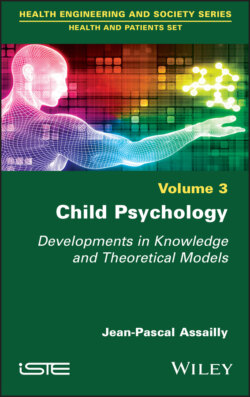Читать книгу Child Psychology - Jean-Pascal Assailly - Страница 59
1.15.1. Aspects of vulnerability
ОглавлениеTwins have greater morbidity and mortality than other children:
– from the fetal period: intrauterine growth retardation (average weight of twins under 600 grams), TOPS (Twin Oliguria Polyhydramnios Syndrome, or acardiac twin, an anemia related to hemodynamic and hormonal imbalance in 5 to 15% of cases), congenital malformations (mainly heart disease, relative risk of 1.7), prematurity (in 43% of cases, or 7 times more frequent than for single pregnancies), perinatal anoxia (especially for the second twin);
– higher neonatal mortality: in the EPIPAGE cohort study of low gestational ages (2,773 premature infants, before 32 weeks), the risk of death in hospital was increased for twins, after adjustment for gestational age and sex, and their survival at five years was decreased. Some factors influence this mortality, such as birth order or weight discrepancy (relative risk of 2.9 in the EPIPAGE study);
– sudden infant death syndrome has been observed to be more frequent in twins, but this correlation no longer holds when birth weight, prematurity and sociodemographic data are controlled.
These increased neonatal and perinatal risks in multiple pregnancies are no longer observed later in life (cancers and cardiovascular diseases are not more prevalent in twins).
Regarding development during childhood: there is no delay in psychomotor development according to the EPIPAGE study; there is no difference in IQ when prematurity and birth weight are controlled.
